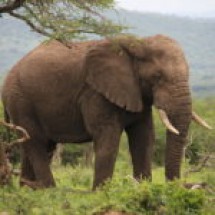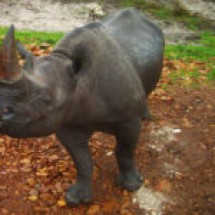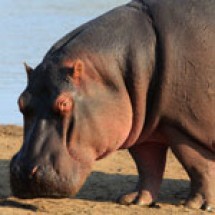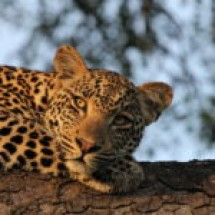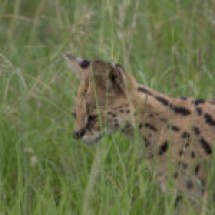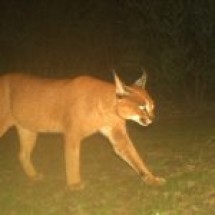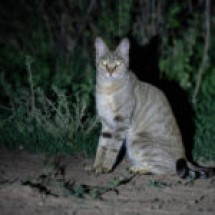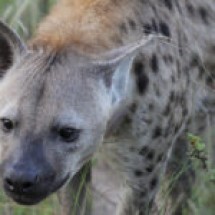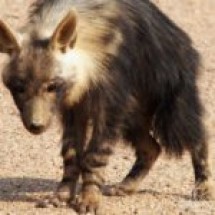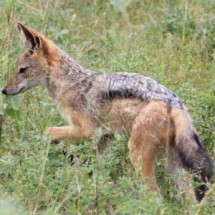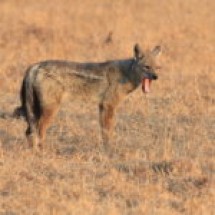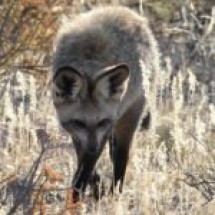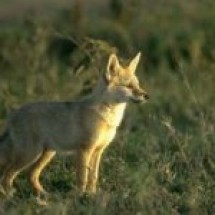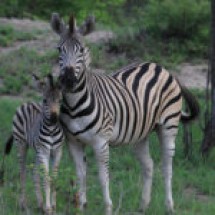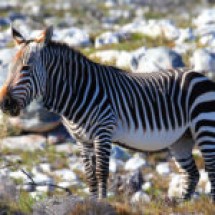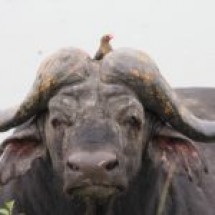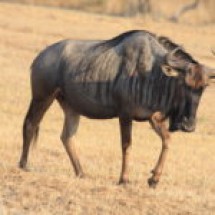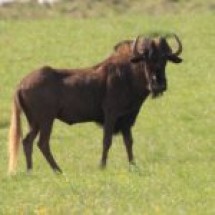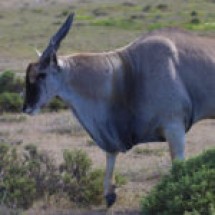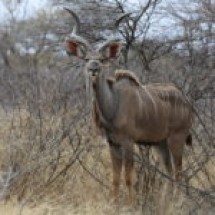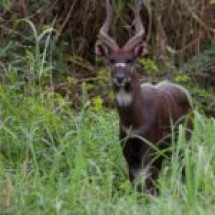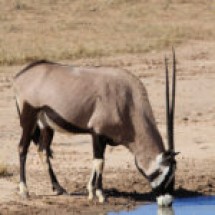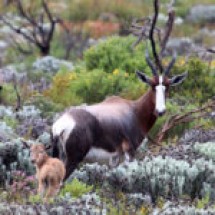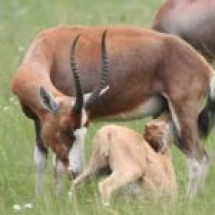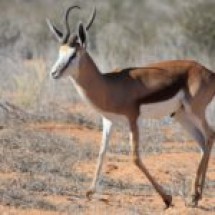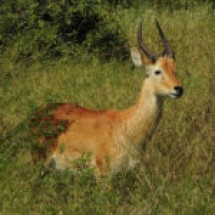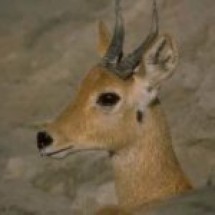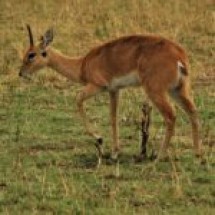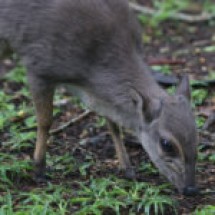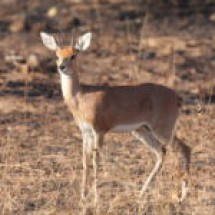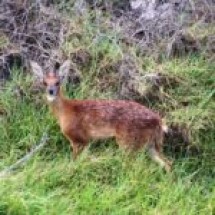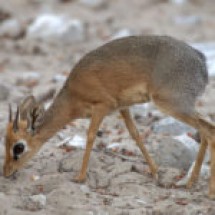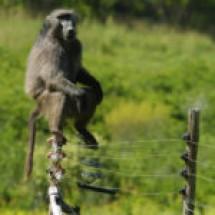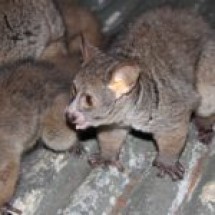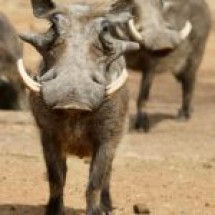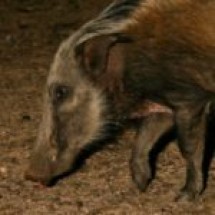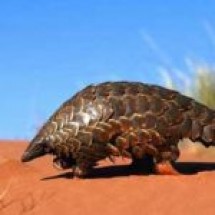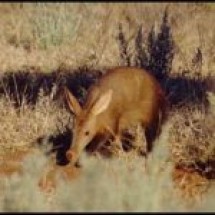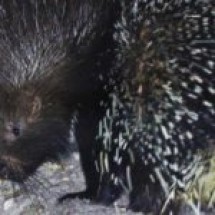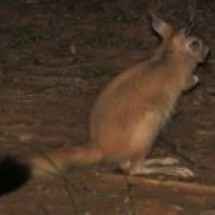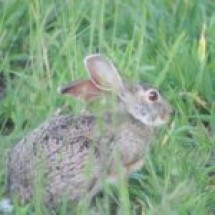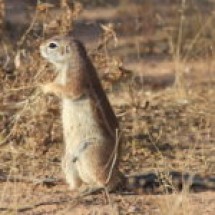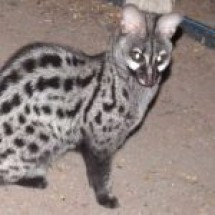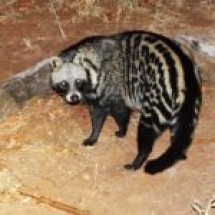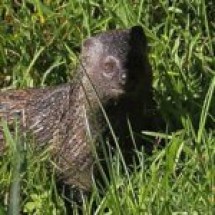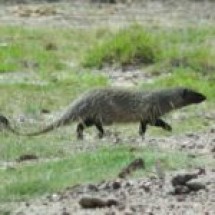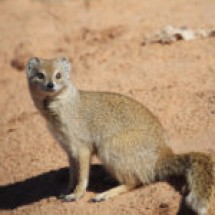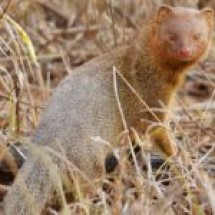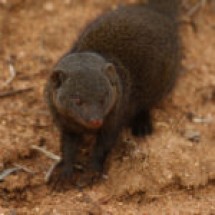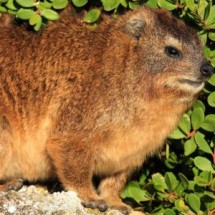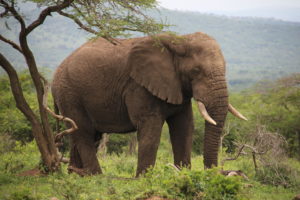
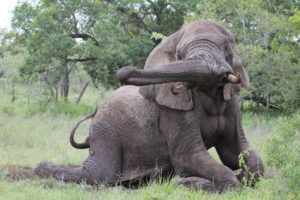
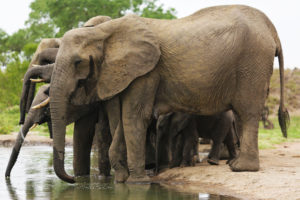
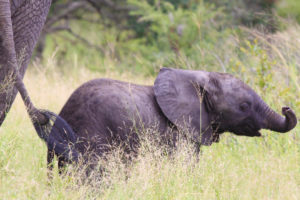
A supply of fresh water is an essential habitat requirement, as elephants require vast amounts of water; adequate shade is also important. Elephants mold landscapes: clearing vegetation, dispersing seeds and creating habitats for other wild species. If too many elephants are present in too small an area, they can change the habitat drastically: for example from savanna bushveld to grassland, which greatly impacts on other species.
Communication amongst elephants is well-developed due to their being such social animals. Bonds between individuals can be incredibly strong, and their social structure is well-organized.
Elephants are very vocal creatures: they rumble, squeak, trumpet, gurgle and chirp, as well as communicating with body language, such as by shaking the head, spreading the ears, raising the trunk etc. Much of their communication cannot be heard by humans, as they make low frequency rumbling noises that can travel for kilometers.
Elephants have an acute sense of smell, and communicate by smell and touch – often one elephant will place its trunk into another’s mouth in order to greet it or reassure it in moments of stress.
Elephants also often raise the trunk in order to test the air. Compared to the size of their heads, elephant’s have small eyes with long lashes, and their sense of sight is fairly poor.
DISTRIBUTION
Once 5 – 10 million elephants roamed across Africa – in 1979 there were 1.3 million, and in 1989 these numbers had dropped to 600 000. This large drop in numbers during the eighties was largely due to poaching. At the CITES (Convention on International Trade in Endangered Species of Wild Fauna and Flora) meeting of October ’89 in Lausanne, Switzerland, the African elephant was placed on Appendix I of CITES, and a world-wide trading ban on ivory and other elephant products was initiated. Appendix I means a species is threatened with extinction and can be traded only if permits are obtained by the importers and exporters, and cannot be traded for primarily commercial purposes.
There has been pressure from various countries to lift the ban over the years, but at the CITES meetings of ’92 and ’94 the ban remained in effect. A large part of the world ivory trade has collapsed, and there is now a very limited market.
New pressures and problems are now facing elephant populations, such as the increased demand for land, and a change in land-use patterns due to human overpopulation and desertification. In some areas elephant populations have stabilized and now pose a threat to certain habitats. This has led to the controversial issue of elephant culling.
As pressures from increased land use intensify, combined with the on-going threat of poaching, a major concern is the affect on elephant family groups and social structure: old elephants with big tusks are becoming a rarity, and many old matriarchs on which the family groups depend have died. Elephant groups are now led by younger, less experienced animals who may not know where to go and how to survive when food and water are scarce, and are also more likely to encounter problems with people.
